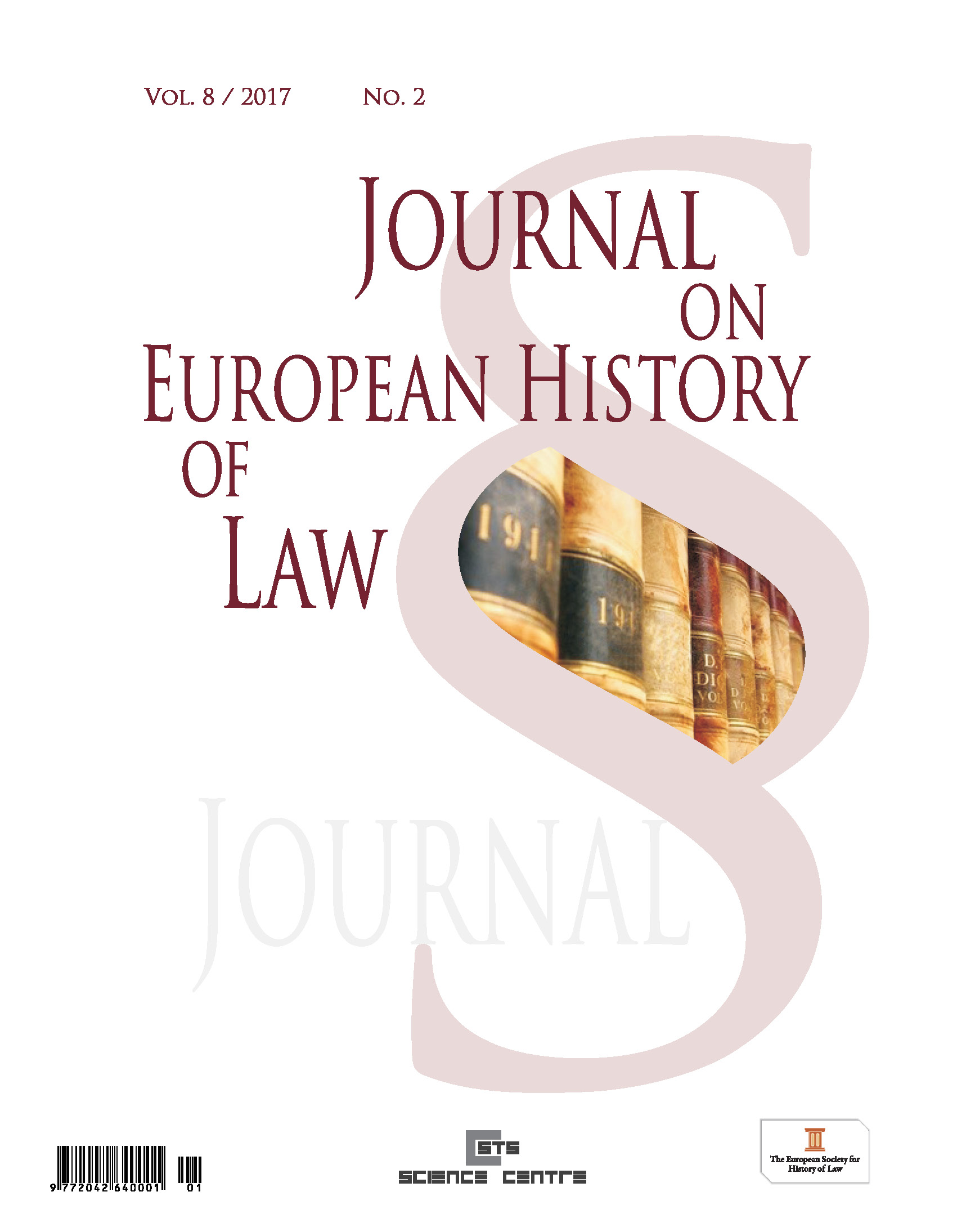A Historical Overview of the Emergence of Certain Electoral Systems
A Historical Overview of the Emergence of Certain Electoral Systems
Author(s): Csaba CSERVÁKSubject(s): History, Law, Constitution, Jurisprudence, Electoral systems
Published by: Evropská společnost pro právní dějiny, z.s.
Keywords: majority voting; premium list; vote-transfer; personalised PR-system (in Germany), Hungarian electoral model;
Summary/Abstract: Around the world we can face with a big diversity in the voting systems. Within certain limits governments have the right to determine how many votes a single citizen is allowed to cast, and how. Therefore we can also find majority-, proportional- and preferenital electoral systems even only in Europe. Single- and multiple-vote systems are neither unfamiliar. While the vote-transfer system is currently employed in Malata and Ireland, until then Germany applies the personalised PR-system. Electoral system in Hungary have changed over time. According to Act XXXIV of 1989, until 2010, the electoral system was an archetype of mixed voting systems: in it, it is possible to gain a mandate both in a single district and through party lists. The Parliament operates with 386 representatives. In 2010 the system was changed under the Act CCIII of 2011. It is still a mixed system, but there are only 199 mandates can be won: 106 in relative majority single constituencies and 93 on a national list. Since it provides compensation after the votes cast in single districts, it is also, essentially, a compensational system.
Journal: Journal on European History of Law
- Issue Year: 8/2017
- Issue No: 2
- Page Range: 50-57
- Page Count: 8
- Language: English

